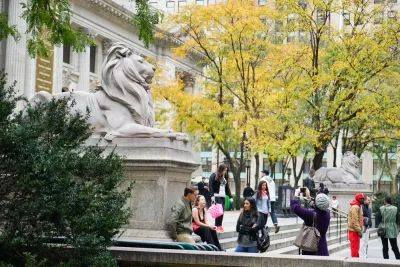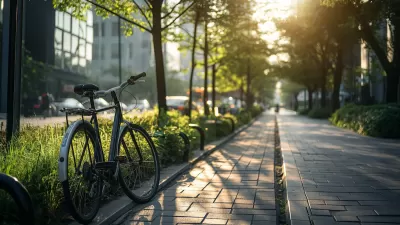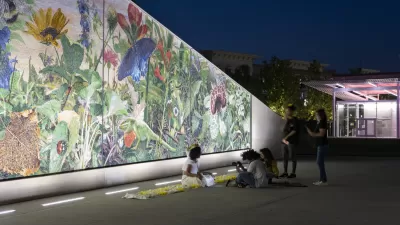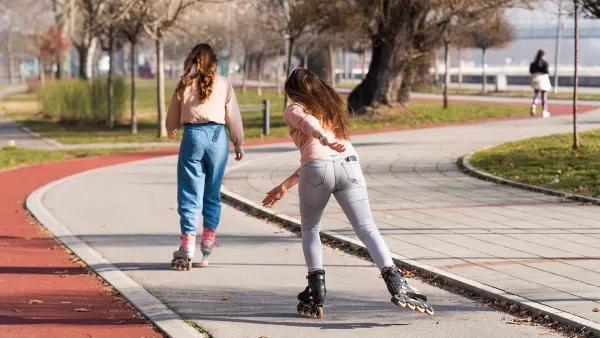More inclusive urban design can help more people access social services and public amenities.

Ishita Gaur describes how urban design can facilitate social services and improve equity in cities. “There are vast inequities in the distribution of healthcare, housing assistance, food accessibility, and educational opportunities, among others. While access to this social infrastructure is to a large extent driven by policy, certain spatial challenges exacerbate the situation—but they don’t have to.”
According to Gaur, “Physical and psychological barriers play a critical role in terms of providing access to vital social services for all. There is a stigma attached to social services, which, often keeps residents from availing of the benefits of such amenities.” Using New York City as an example, Gaur asserts that “The solution lies in creating a network of spaces that New Yorkers can approach for easy and non-judgmental access to the social services they need.”
The city should take this opportunity to not only broaden access to social amenities but also ensure that they are universally inclusive. Designing spaces that are welcoming to people of all income levels, employment statuses, age groups, and gender identities will be key to their success.
Gaur notes that “Inserting social services and amenities inside already welcoming and non-discriminatory spaces can dramatically reduce the perceived barriers that a person might need to overcome in seeking help. New services located at the exterior of these amenities can create a buffer space that receives people while also providing some privacy and anonymity to the individual seeking assistance.” For many people, “Even simple design decisions, such as the presence of a front desk or its location, can dramatically change the experience for an individual.”
As Gaur concludes, creating more inclusive and welcoming public spaces improves the health of cities as a whole. “Creating a healthier city for those most in need leads to a healthier city for all.”
FULL STORY: Op-ed: Social amenities can make space for social equity

Planetizen Federal Action Tracker
A weekly monitor of how Trump’s orders and actions are impacting planners and planning in America.

Congressman Proposes Bill to Rename DC Metro “Trump Train”
The Make Autorail Great Again Act would withhold federal funding to the system until the Washington Metropolitan Area Transit Authority (WMATA), rebrands as the Washington Metropolitan Authority for Greater Access (WMAGA).

The Simple Legislative Tool Transforming Vacant Downtowns
In California, Michigan and Georgia, an easy win is bringing dollars — and delight — back to city centers.

The States Losing Rural Delivery Rooms at an Alarming Pace
In some states, as few as 9% of rural hospitals still deliver babies. As a result, rising pre-term births, no adequate pre-term care and "harrowing" close calls are a growing reality.

The Small South Asian Republic Going all in on EVs
Thanks to one simple policy change less than five years ago, 65% of new cars in this Himalayan country are now electric.

DC Backpedals on Bike Lane Protection, Swaps Barriers for Paint
Citing aesthetic concerns, the city is removing the concrete barriers and flexposts that once separated Arizona Avenue cyclists from motor vehicles.
Urban Design for Planners 1: Software Tools
This six-course series explores essential urban design concepts using open source software and equips planners with the tools they need to participate fully in the urban design process.
Planning for Universal Design
Learn the tools for implementing Universal Design in planning regulations.
Smith Gee Studio
City of Charlotte
City of Camden Redevelopment Agency
City of Astoria
Transportation Research & Education Center (TREC) at Portland State University
US High Speed Rail Association
City of Camden Redevelopment Agency
Municipality of Princeton (NJ)





























